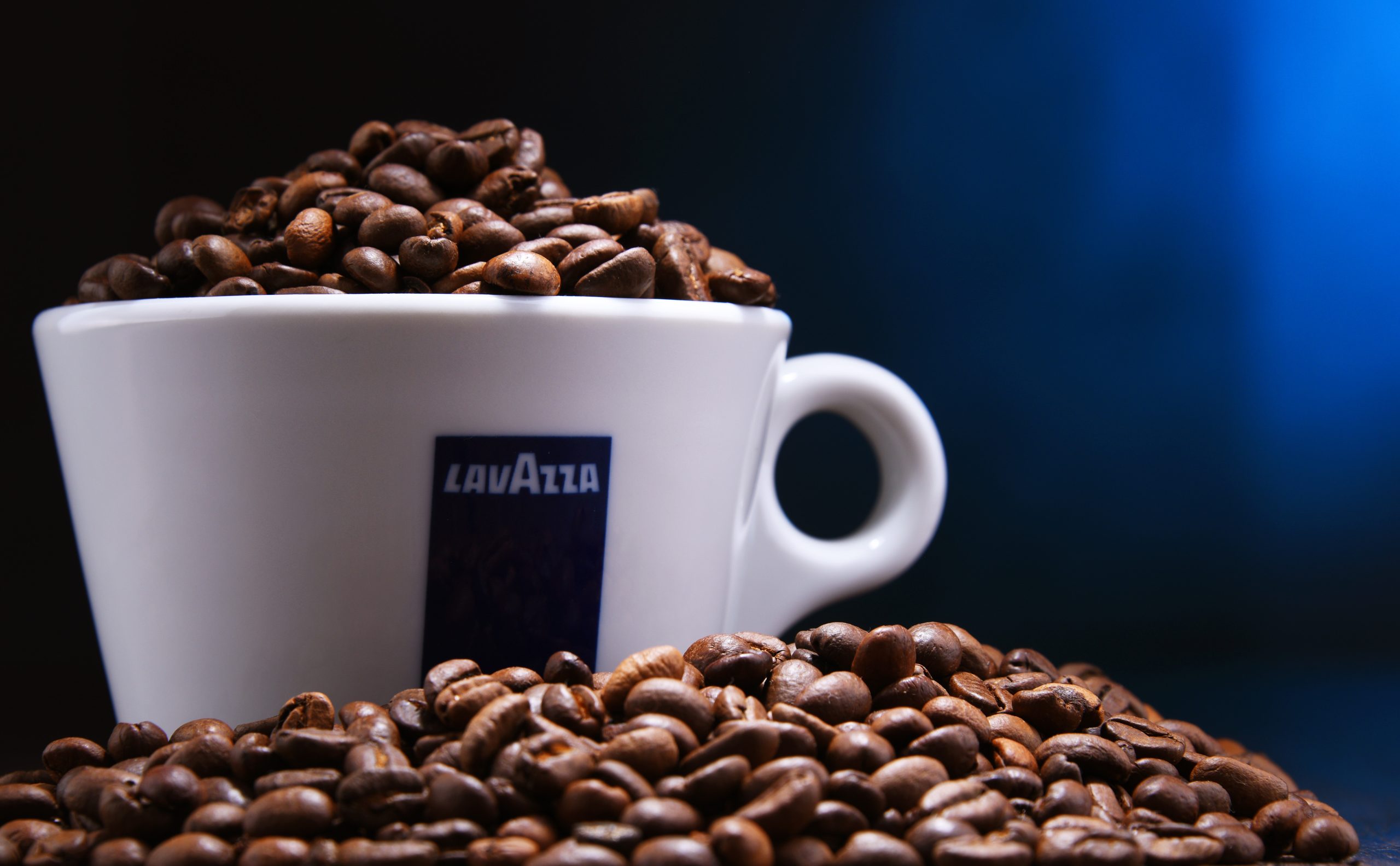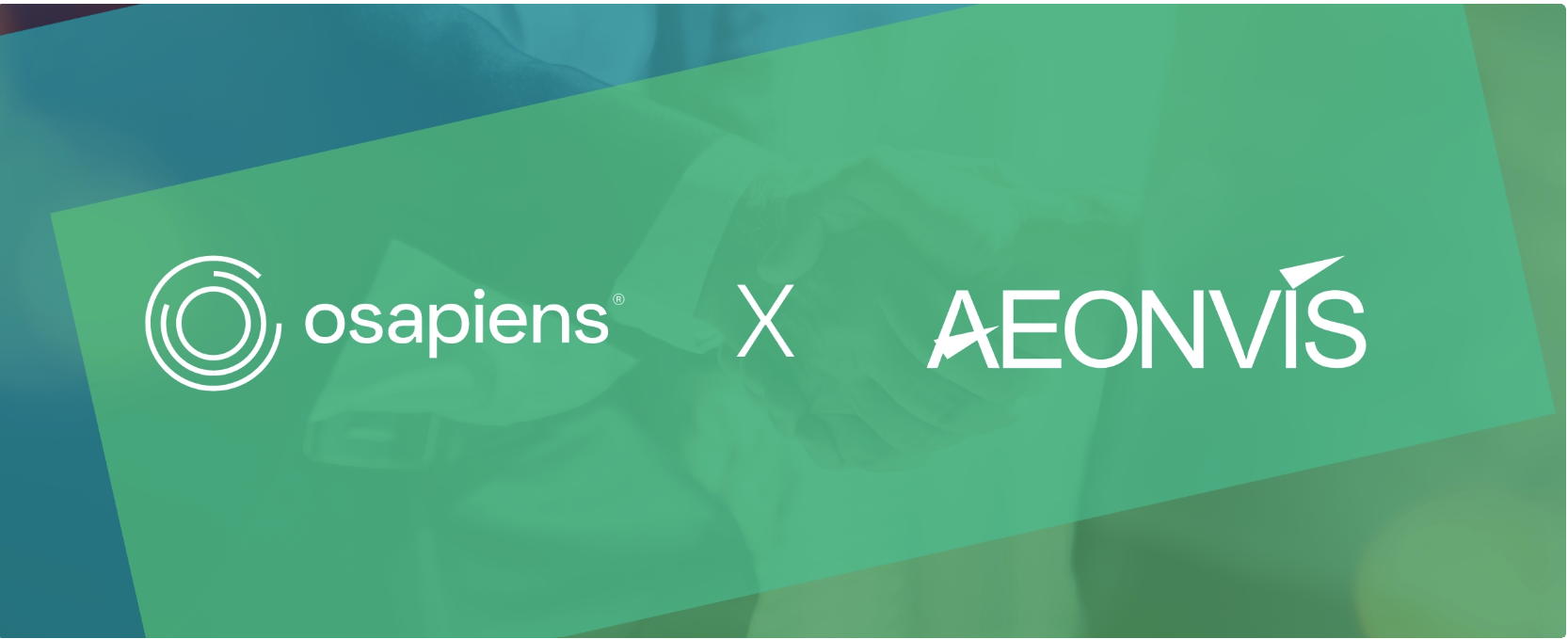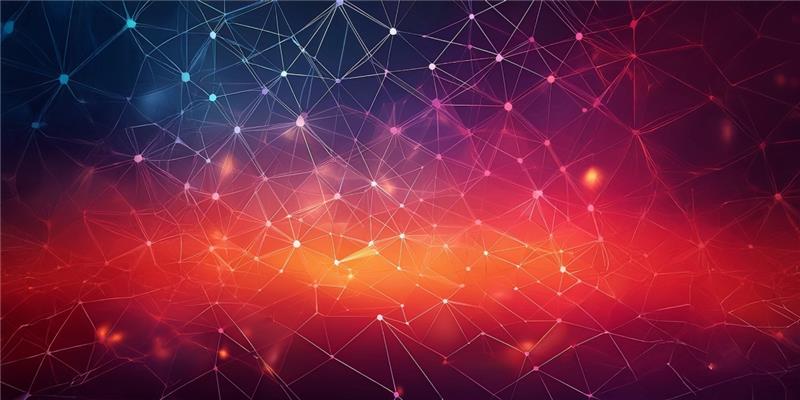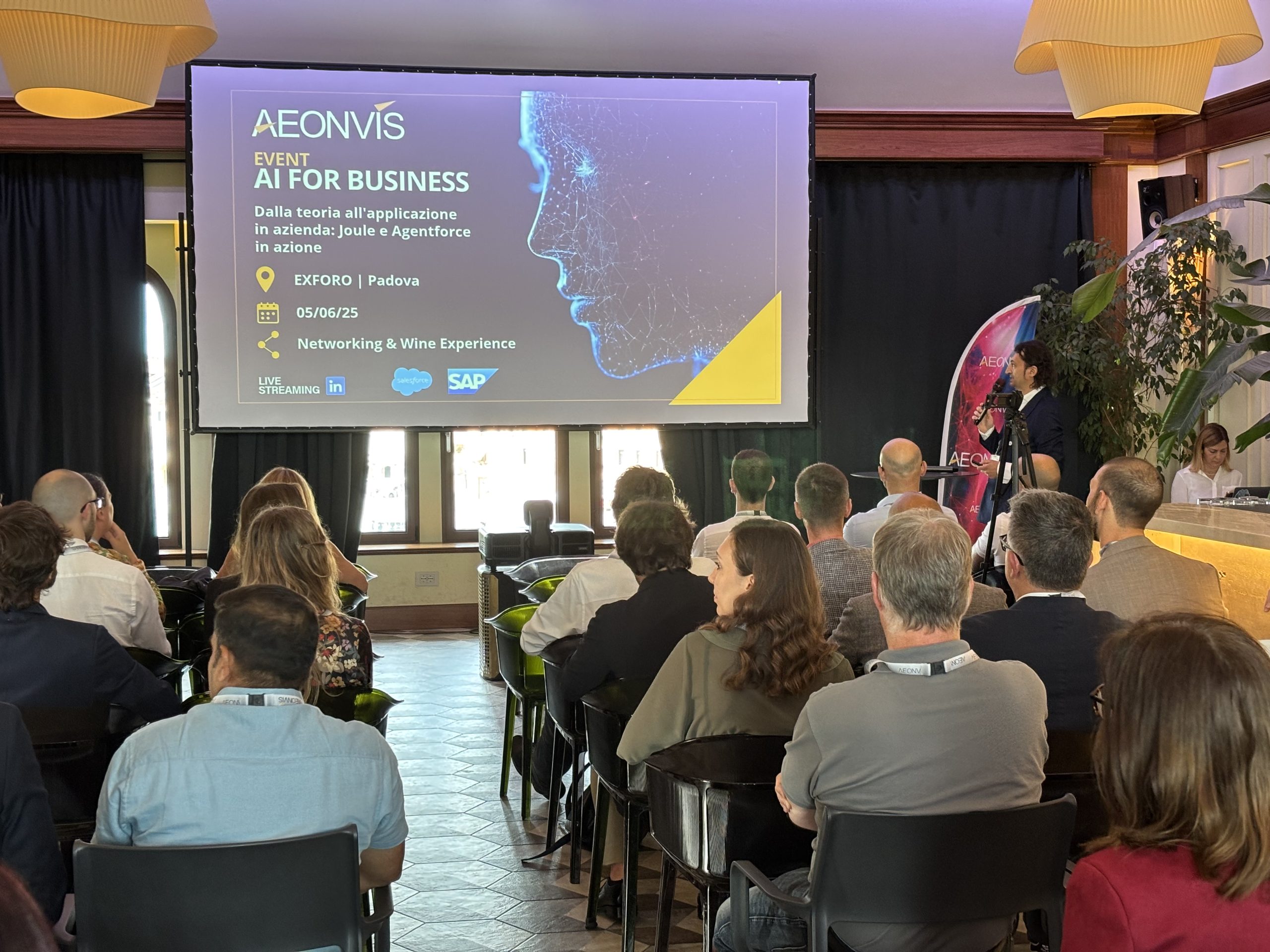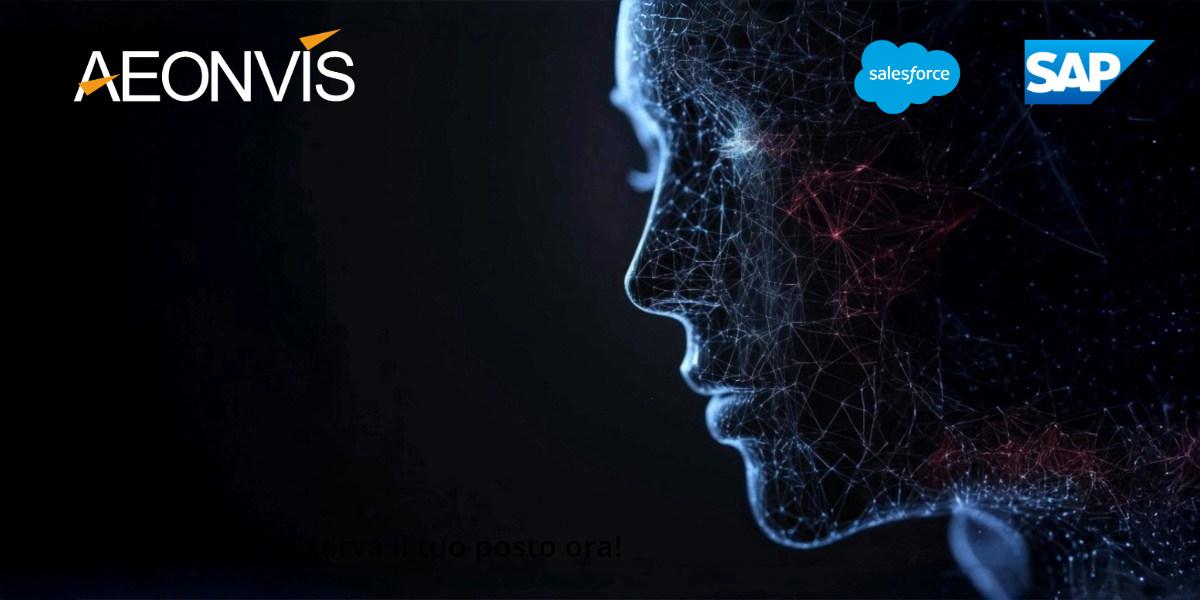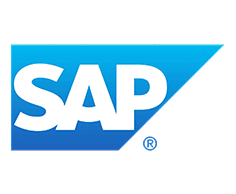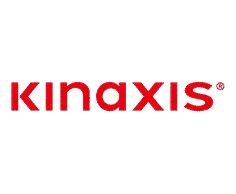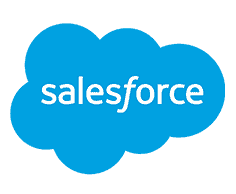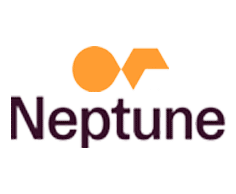Marketing Automation and Sales Funnel: a very close relationship. Today, let’s discover together how to build and strengthen their connection.
Marketing Automation and Sales Funnel: an unavoidable relationship
Let’s begin this second step in the depths of the marketing automation guide by starting with the meaning that marketing automation holds. In simple terms, marketing automation is a process based on the use of technology to generate targeted leads, nurture them, qualify them, and convert them into real customers.
Therefore, marketing automation and the sales funnel together fulfill the most important task: guiding leads through the customer journey and converting them into customers.
To make all of this possible, targeted, omnichannel marketing activities are essential, personalized based on the characteristics of the people they are intended for, and according to their level of interest and behavior.

There are many advantages of marketing automation, as having clear goals in a company is the first step to achieving them, and marketing automation acts as a reliable ally for optimizing results in a short amount of time. Below are some of the most important ones:
- Track the customer’s history and all their interactions with the company’s marketing channels.
- Prepare complex marketing campaigns automatically that would otherwise require a significant amount of time.
- Have information to support business decisions and monitoring to measure the ROI of integrated marketing actions across different channels.
The fundamentals of Marketing Automation
Before delving into the close relationship between marketing automation and the sales funnel, let’s thoroughly analyze what concretely characterizes marketing automation, starting from the fundamentals—those that not only define it but also keep it alive and attractive for business development.
Let’s start by saying that an effective marketing automation strategy cannot do without three basic elements: strategy, content, and technology.
1. The Strategy
 The strategy is the foundation on which the ability of marketing automation is based to:
The strategy is the foundation on which the ability of marketing automation is based to:
- attract visitors to the company website;
- convert them into qualified leads;
- guide leads to conversion into customers through personalized communication and the development of positive relationships.
In the marketing automation strategy, the goals of the marketing and sales teams converge, so that the two distinct teams can form a unified meta-team, Sales+Marketing, which will benefit from sharing the same information, ideas, and data derived from performance indicators.
The strategy is the fundamental pillar of the correlation between marketing automation and the sales funnel.
2. The Content
 Content strengthens the strategy by providing the ability to offer it to the audience based on its usefulness to the intended recipients.
Content strengthens the strategy by providing the ability to offer it to the audience based on its usefulness to the intended recipients.
To be considered successful, the content must have at least one of the following utilities:
- Help the audience solve a perceived problem.
- Contribute to professional and personal development.
- Persuade the user through the content’s ability to tell a story that fits the situation and is inspiring (storytelling).
Such content should be delivered at the right time, as it serves different purposes:
- The first can make the conversion path to purchase much faster.
- The second are useful for creating the foundational culture necessary to better understand the value of the company’s products and services.
- The latter often serve the purpose of developing the relationship with the customer, giving a more human and friendly dimension to online communication.
A strategic role in this is played by the format, as it has the ability to distribute content in various forms, such as webinars, video tutorials, e-books, infographics, etc.
The format, as we will see, also plays an important role, one that should be used as the best tool only at the right moment and according to specific criteria that will be analyzed later.
3. Technology
From a technological standpoint, marketing automation platforms allow for the integrated management of various functions that were previously handled by different, non-integrated systems.
Choosing marketing automation software based on business needs, budget constraints, and resources is the crucial step in equipping yourself with the tools to automate customer relationships without ever depersonalizing them, while maintaining high content relevance and timeliness.
The resulting effect will be the ability to gradually and effectively guide your customers throughout the entire customer journey, leading them to the purchase.

Marketing Automation and Sales Funnel
The Sales Funnel, also known as the conversion or sales funnel, represents the journey that users can take to reach the purchase of the company’s products and/or services.
Its graphic representation is that of a funnel, divided into horizontal sections.
Each horizontal zone, or tier, represents a more or less advanced stage of the purchasing process, depending on its vertical position within the sales funnel.
Simplifying, we can identify 3 tiers in the funnel: top, middle, and bottom.
1.Top of the funnel
The top of the funnel is also known as the Top Of the Funnel. Commonly referred to as TOFU, this section is defined as… It is an “immature” phase in terms of the user’s readiness to make a purchase.
In this phase, the company’s goal should not be the sale, but rather the building of a relationship with the potential customer. Therefore, it is important to avoid sending commercial offers that could have the opposite effect, driving the customer away and causing them to abandon their journey with the company.
This is because users in this stage are in an “awareness acquisition” phase, where they seek to fulfill a specific need by researching information about the product/service in question. We are in the “awareness” phase of the customer’s buying journey. In the relationship between marketing automation and the sales funnel, content plays a crucial role as part of a strategy that guides the user toward what they are looking for to fulfill their business needs.
2. Middle Funnel
The middle section of the funnel is also called the middle of the funnel (MOFU). After becoming aware of their needs, the potential customer begins exploring possible solutions, delving deeper into the capabilities of the product/service of interest based on their requirements. This phase is referred to as “consideration,” where the consumer is choosing between different brands offering the sought-after product/service. At this point, the product’s features play a very important role. This stage is crucial because the company must be able to help the potential customer identify the solution they are looking for, addressing the customer’s needs. In practice, telling the story of the company using the power of storyselling will guide the user towards the product/service the company offers, greatly increasing the chances that the potential customer will make a decision and move on to the next phase.
3. Bottom of the Funnel (BOFU)
The last phase of the funnel is called the bottom of the funnel (BOFU). This represents a decisive stage of the customer journey: the customer who reaches this phase of the funnel is one who, after evaluating the solution to their problem offered by the company, decides whether or not to make a purchase.
The main task of the company in this phase is to ensure that the customer chooses the product/service it offers, highlighting its advantages and emphasizing what distinguishes the company from others in the target market (Unique Selling Proposition or USP), as well as its values.

Stay tuned! In the next “episodes” of our guide to marketing automation, we will delve deeper into the phases of implementing a marketing automation strategy, starting with Attraction. We look forward to seeing you!

